10 Deadliest Animals in North America
When people think about deadly animals, their minds usually go straight to teeth and claws. But throughout North America, fatal encounters often stem from reasons that go beyond the usual teeth and claws. Wildlife experts have studied incidents over the past several decades to figure out which animals pose the highest risk to humans.
These numbers don’t always reflect the most obvious threats. What they do reveal is how different animals, large, small, venomous, or just unlucky, can all become dangerous under the right conditions.
Brown Bears
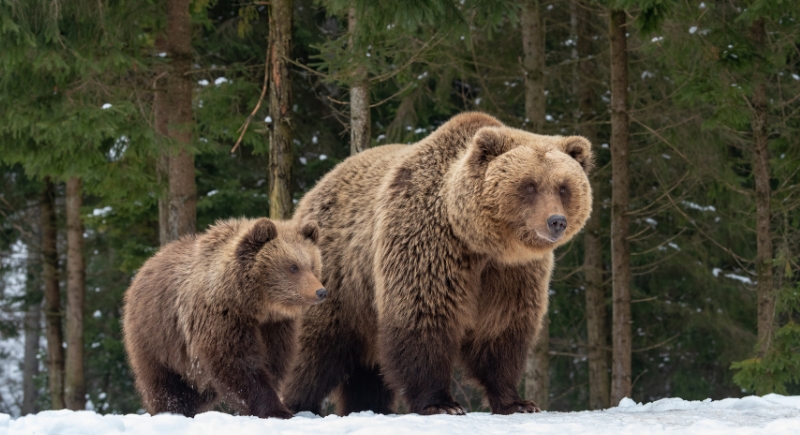
Credit: Getty Images
Since 1970, Brown bears have been responsible for 70 recorded casualties throughout North America. These deadly encounters mostly happened in Alaska, where bear populations are highest. They also live in parts of western Canada, Montana, and Washington. Brown bears don’t typically seek out people, but they will defend cubs or food aggressively.
Sharks
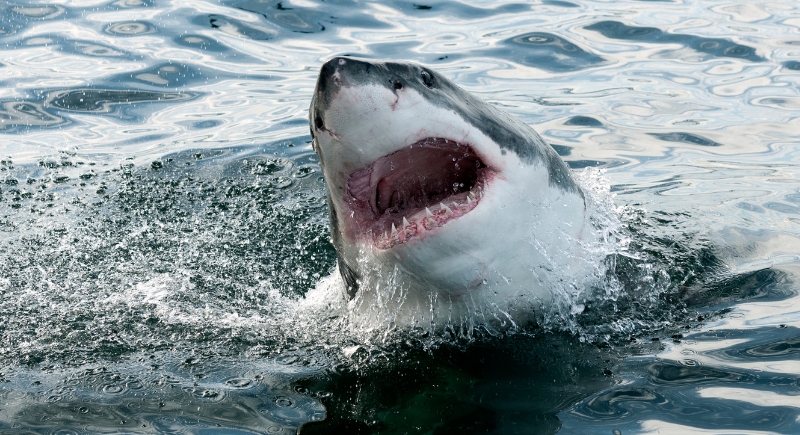
Credit: Getty Images
Bull sharks have a reputation for boldness. They swim in both salt and fresh water, sometimes turning up in rivers and lakes. Great white and tiger sharks also appear in lethal cases, but bull sharks’ range brings them closer to swimmers. Most shark attacks occur in murky water near shorelines. If you’re ever in that situation, try to back away calmly while keeping the shark in sight; it’s your best move.
Black Bears

Credit: Getty Images
Unlike their larger relatives, black bears live in nearly every forested region of the United States and Canada. Their widespread population makes them far more likely to run into humans. Park rangers advise people to never run if approached. Fighting back by targeting the face or snout can make a difference.
Alligators
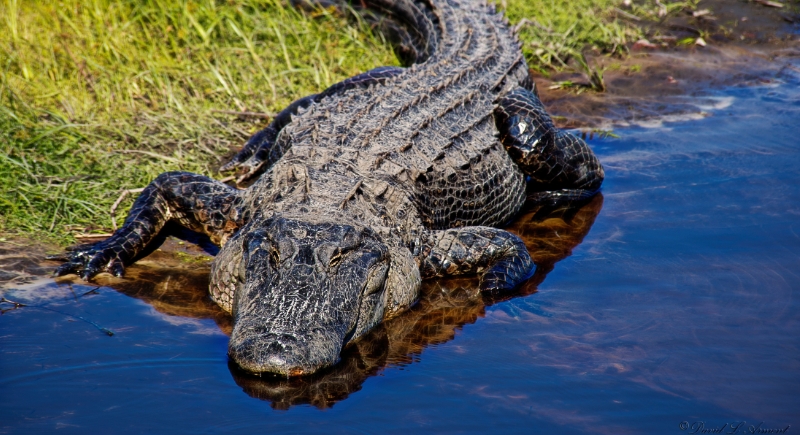
Credit: Getty Images
Alligator attacks usually happen when someone gets too close to the water at dusk and does not notice the animal waiting near the edge. Feeding alligators makes the problem worse because it teaches them to approach people for food. Most alligators keep their distance, but those that spend a lot of time around humans lose that caution and act unpredictably.
Snakes
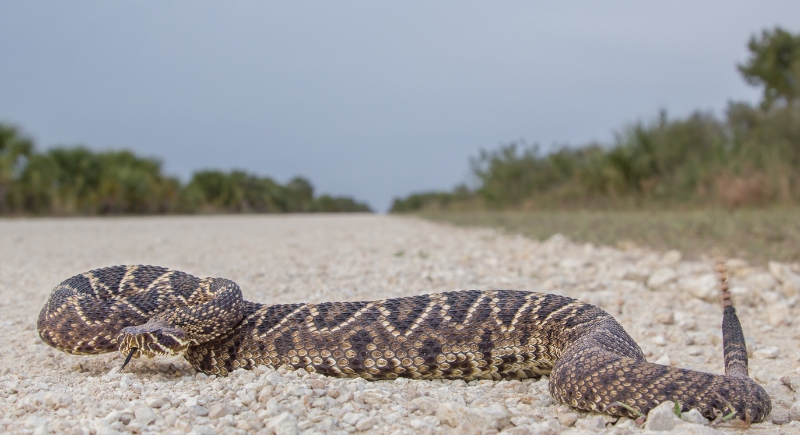
Credit: Getty Images
Most snake-related incidents happen far from hospitals. That’s a key reason they’ve claimed 57 lives in the past 50 years. The eastern diamondback rattlesnake stands out among American species due to its size and venom strength. Bites often occur when people accidentally step near one in tall grass or under debris.
Cougars
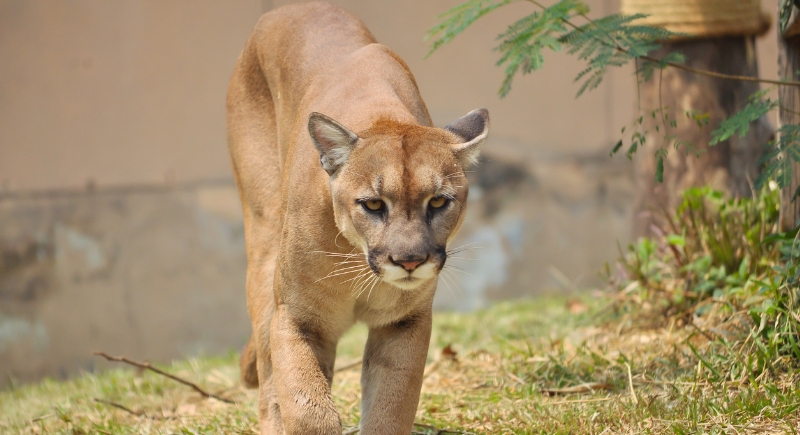
Credit: Getty Images
In 2018, a mountain biker in Washington lost his life after he and a friend encountered a cougar on a trail. That incident drew national attention, not because attacks are common, but because they are memorable. These cats prefer to stay away from humans, but if they feel cornered or are starving, they can become aggressive.
Polar Bears
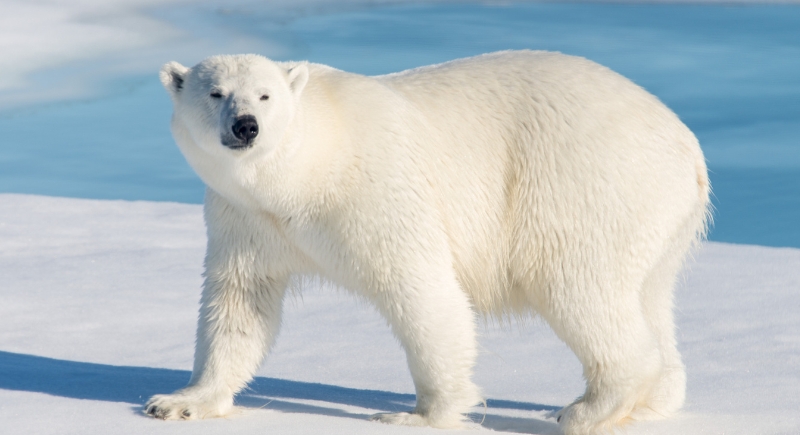
Credit: Getty Images
When hungry or curious, polar bears set out to investigate camps and settlements. Some towns in northern Canada keep trained patrols to deter bears during high-risk seasons. Sightings mostly involve research teams, Indigenous communities, or extreme adventure travelers. And while polar bear incidents are rare, they are always serious, which is why individuals are encouraged to carry deterrents.
Wolves
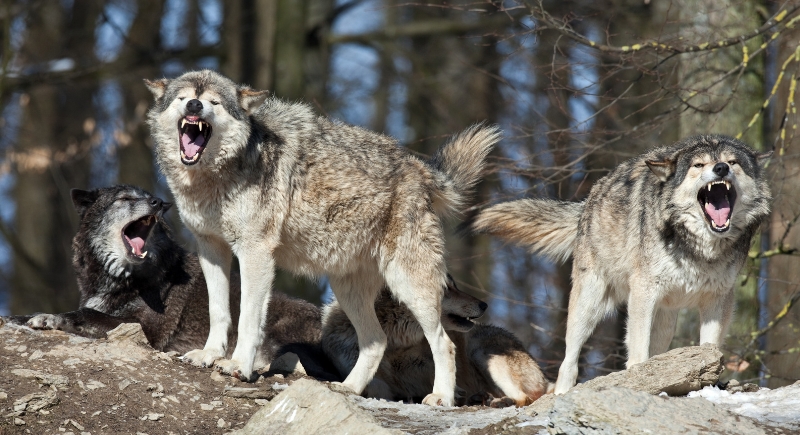
Credit: Getty Images
In the last five decades, wolves have only caused two documented human fatalities in North America. Most people never see one in the wild. In the few deadly cases reported, the wolves had become unusually accustomed to human presence. That loss of fear can happen when people leave food out in rural or wilderness areas. Wildlife authorities stress that feeding wild animals, even unintentionally, alters their actions.
Whitetail Deer

Credit: Getty Images
When it comes to total annual deaths, whitetail deer rank at the top. The danger does not come from attacks but from vehicle collisions, which kill roughly 200 people each year. Most crashes occur during the fall rut, a period when deer move in unpredictable ways. Regions with thick forest and long rural highways face the highest risk.
Bees, Hornets, And Wasps

Credit: Canva
Bees, wasps, and hornets are responsible for roughly 62 deaths each year in the U.S., most of them linked to severe allergic reactions. Many victims never realized they were allergic in the first place. Africanized honeybees, introduced decades ago, have also spread across the southern states and are known for their intense defensive behavior. They pursue perceived threats over longer distances and attack in larger numbers, which can overwhelm the body in a short time.